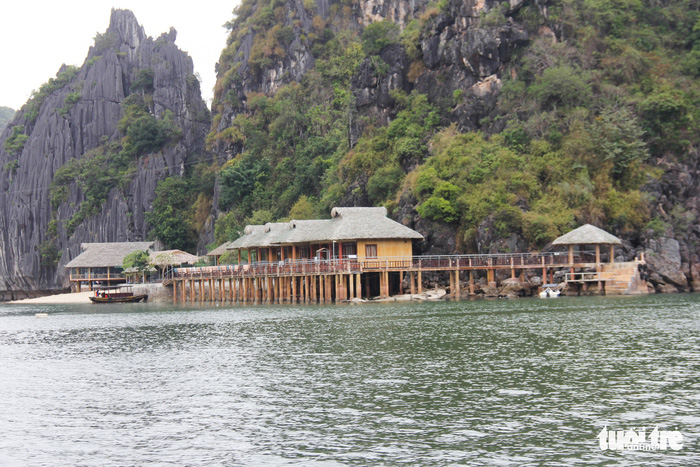A number of local officials have allowed businesses to build structures for tourism purposes on different islands off a northern Vietnamese national park for nearly a decade, with none of the constructions ever receiving approval from higher authorities.
In the Lan Ha Bay off Cat Ba National Park, adjacent to the UNESCO World Heritage Site of Ha Long Bay, in the northern city of Hai Phong, docks, restaurants, resorts and karaoke bars lie along its beaches, nestled at foothills or perched on hillsides.
They appear on multiple islands of the park, which is a designated biosphere reserve sitting on an archipelago.
Power lines and water pipes are also connected to these places.
Firms claim their own area, usually with one company reigning over a beachfront of an island.
A dike with a concrete revetment was even built, impinging on the natural landscape.
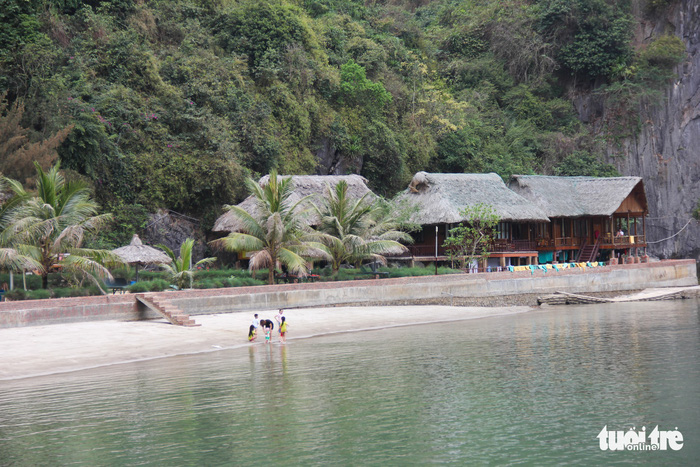 |
| A concrete embankment is seen at Cat Ba National Park in Hai Phong City, Vietnam. Photo: Tuoi Tre |
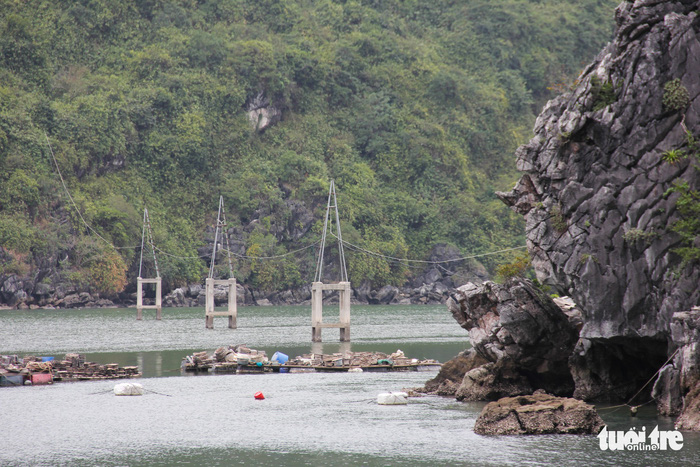 |
| Structures that support power lines connected to the unlicensed constructions at Cat Ba National Park in Hai Phong City, Vietnam. Photo: Tuoi Tre |
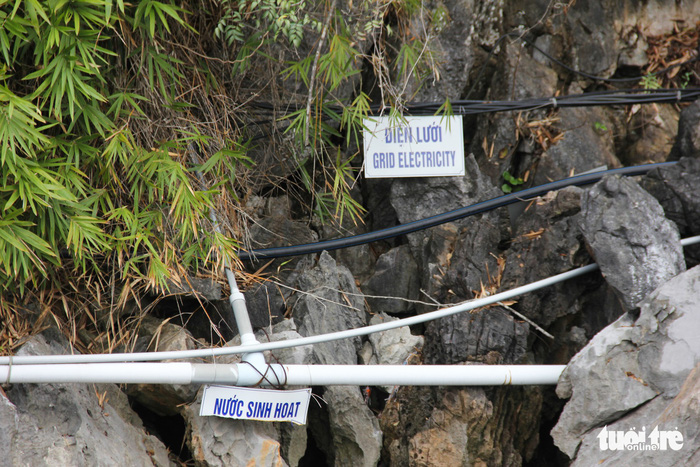 |
| Electricity cables and plastic water pipes are seen at Cat Ba National Park in Hai Phong City, Vietnam. Photo: Tuoi Tre |
All the above structures and those underway are unlicensed and no evaluation on environmental impacts they may make has been performed, according to Hoang Van Thap, director of the Cat Ba National Park.
Thap said that the park built several seaside resorts out of the main materials of bamboos and palms in 1999, and ten years later floated the proposals of leasing part of the biosphere reserve’s land out to businesses to boost local tourism.
But the administration of Hai Phong, the park’s manager, has yet to accept the suggestions, he said.
“The framing of tourism development projects has lasted lots of years while the demand from the tourism market is urgent,” Thap said.
This explains, he added, why the national park’s management asked the higher-level authorities, the Hai Phong Department of Agriculture and Rural Development and the People’s Committee in the city’s Cat Hai District, to permit it to temporarily collaborate with businesses in upgrading the infrastructure in some areas of the park.
Partnership with nine companies has been formed, with scores of bungalows and concrete guest houses coming into existence in areas that collectively span hundreds of hectares.
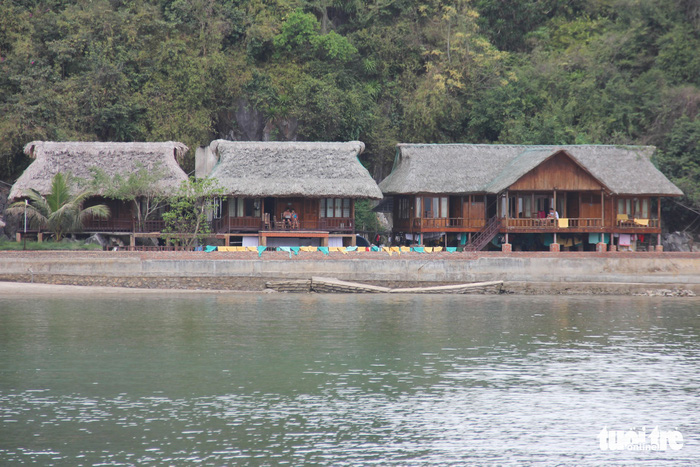 |
| Resort houses are seen at Cat Ba National Park in Hai Phong City, Vietnam. Photo: Tuoi Tre |
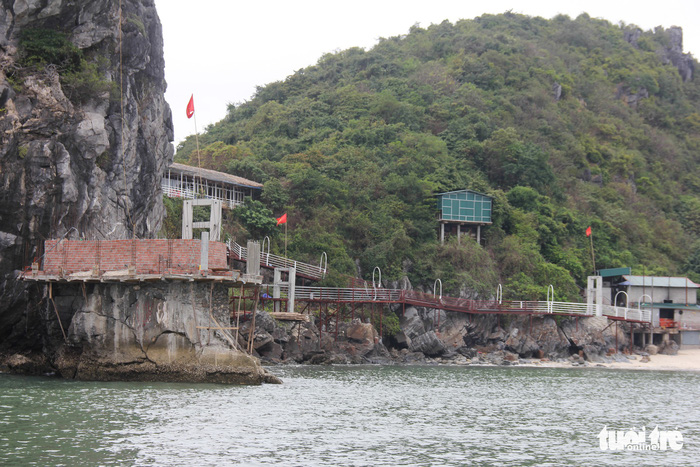 |
| Unlicensed structures are on an island of Cat Ba National Park in Hai Phong City, Vietnam. Photo: Tuoi Tre |
Police are collecting relevant documents to clarify the roles of the department and national park’s management, said Nguyen Tu Trong, the department’s deputy director.
A leader of Hai Phong told Tuoi Tre (Youth) newspaper that immediately after being tasked with handling the case in 2016, he officially required the park to terminate contracts with the companies.
The municipal legal agencies said the case is complicated as it involves a number of officials and leaders who took office in the department and the park’s management for a decade.
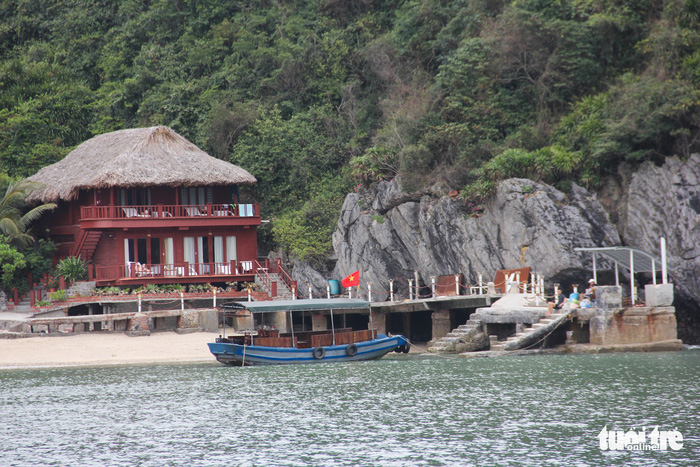 |
| A building is seen on an island of Cat Ba National Park in Hai Phong City, Vietnam. Photo: Tuoi Tre |
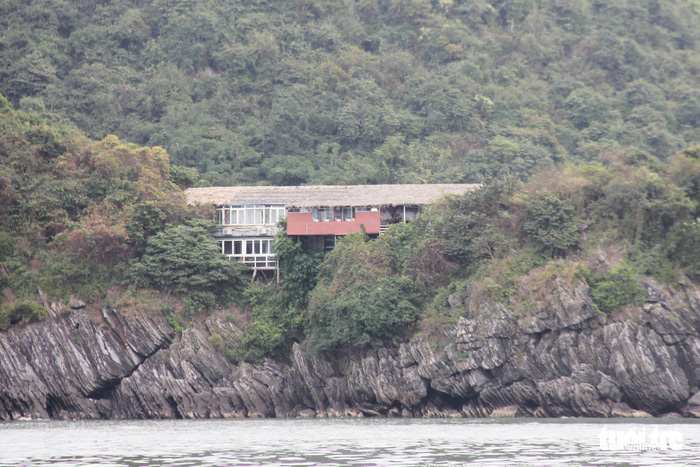 |
| A karaoke bar sits on an island of Cat Ba National Park in Hai Phong City, Vietnam. Photo: Tuoi Tre |
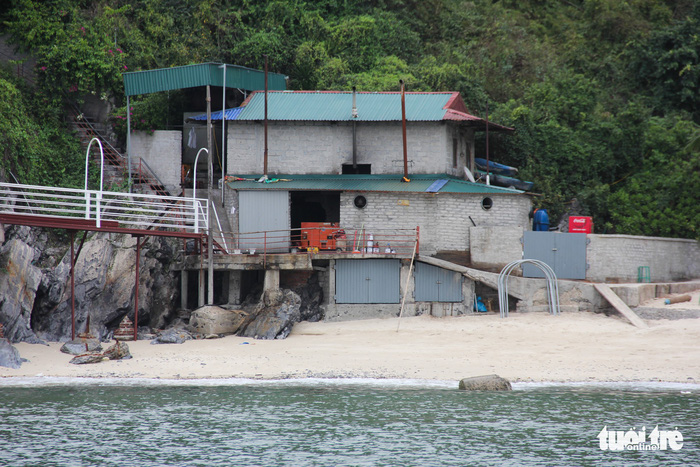 |
| A building is seen on an island of Cat Ba National Park in Hai Phong City, Vietnam. Photo: Tuoi Tre |
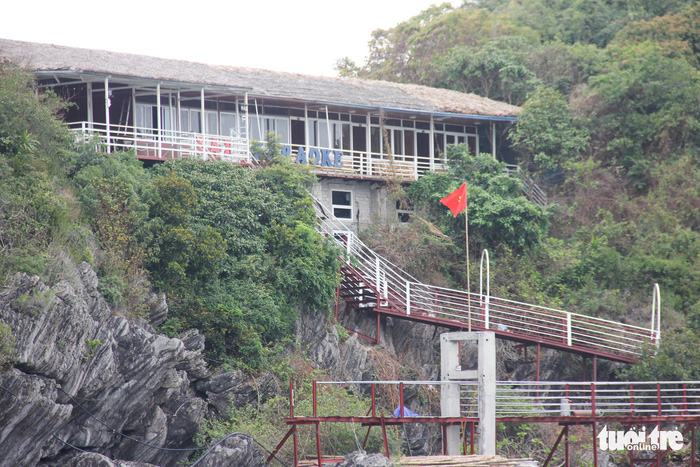 |
| A karaoke bar sits on an island of Cat Ba National Park in Hai Phong City, Vietnam. Photo: Tuoi Tre |
Like us on Facebook or follow us on Twitter to get the latest news about Vietnam!



